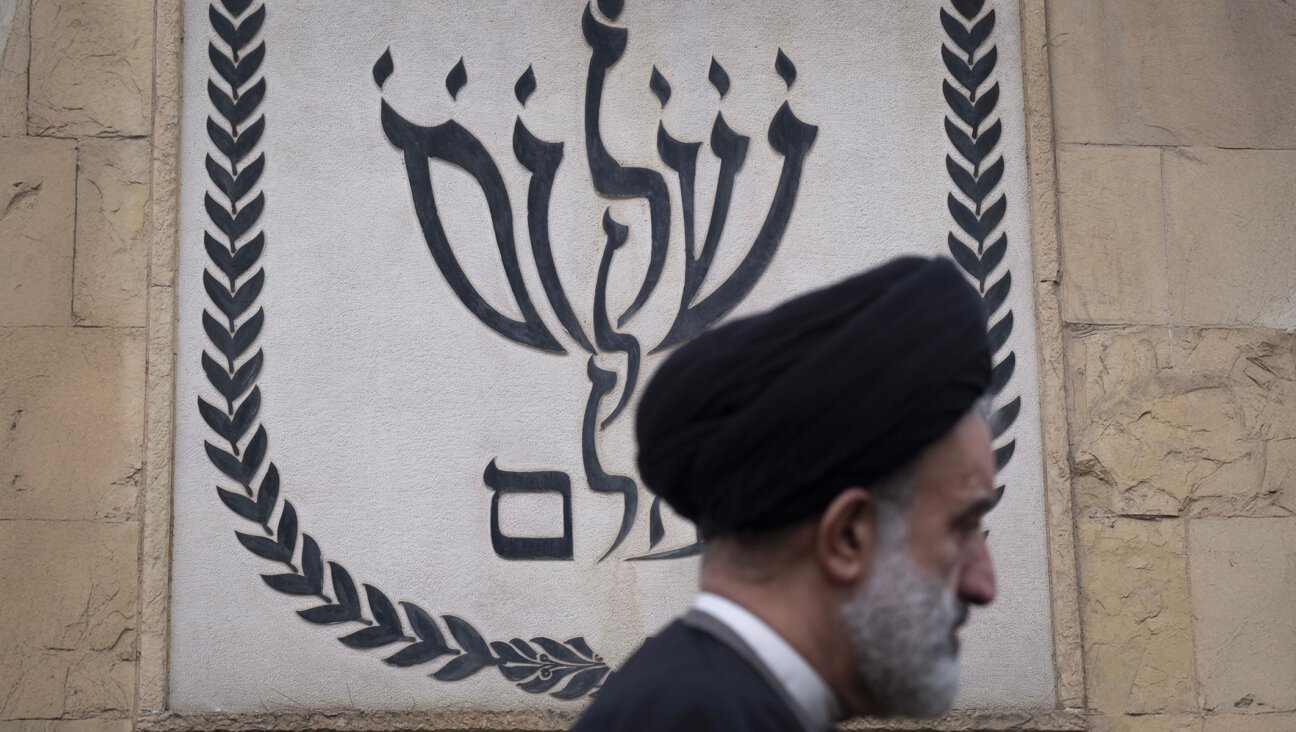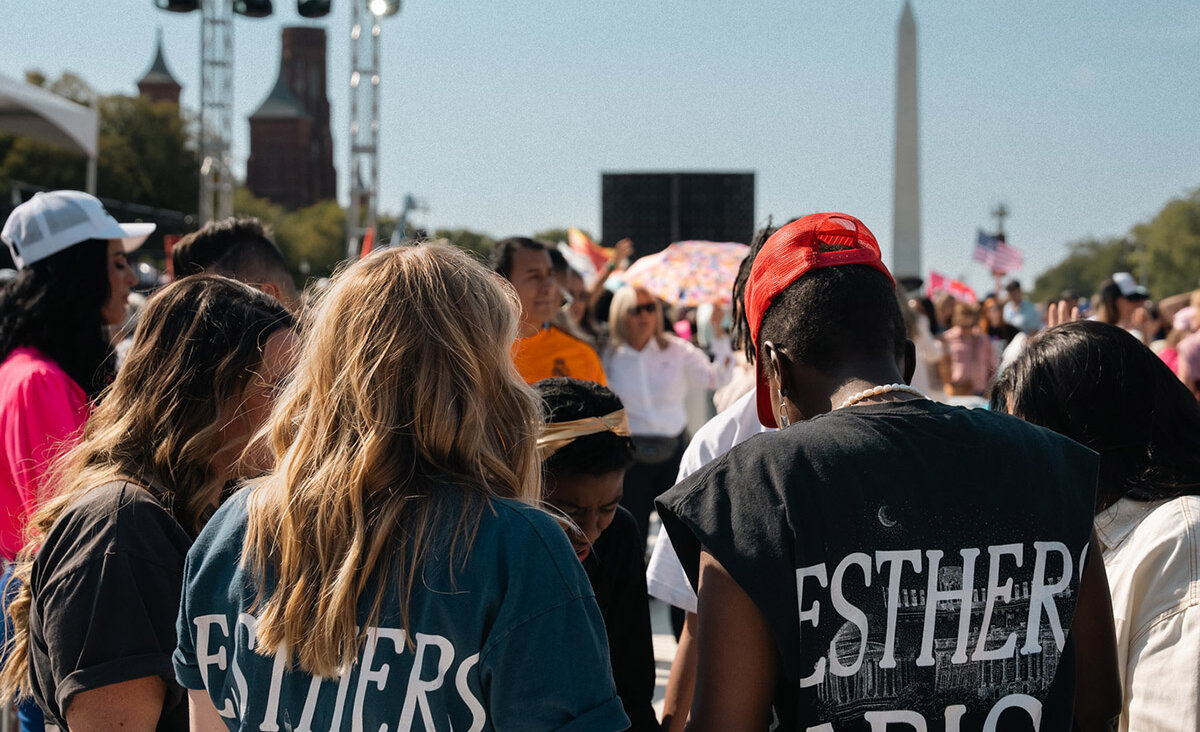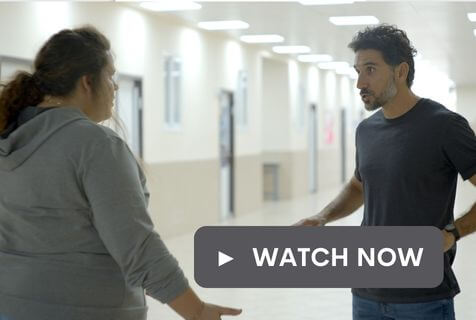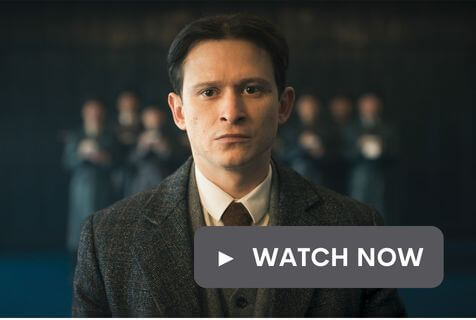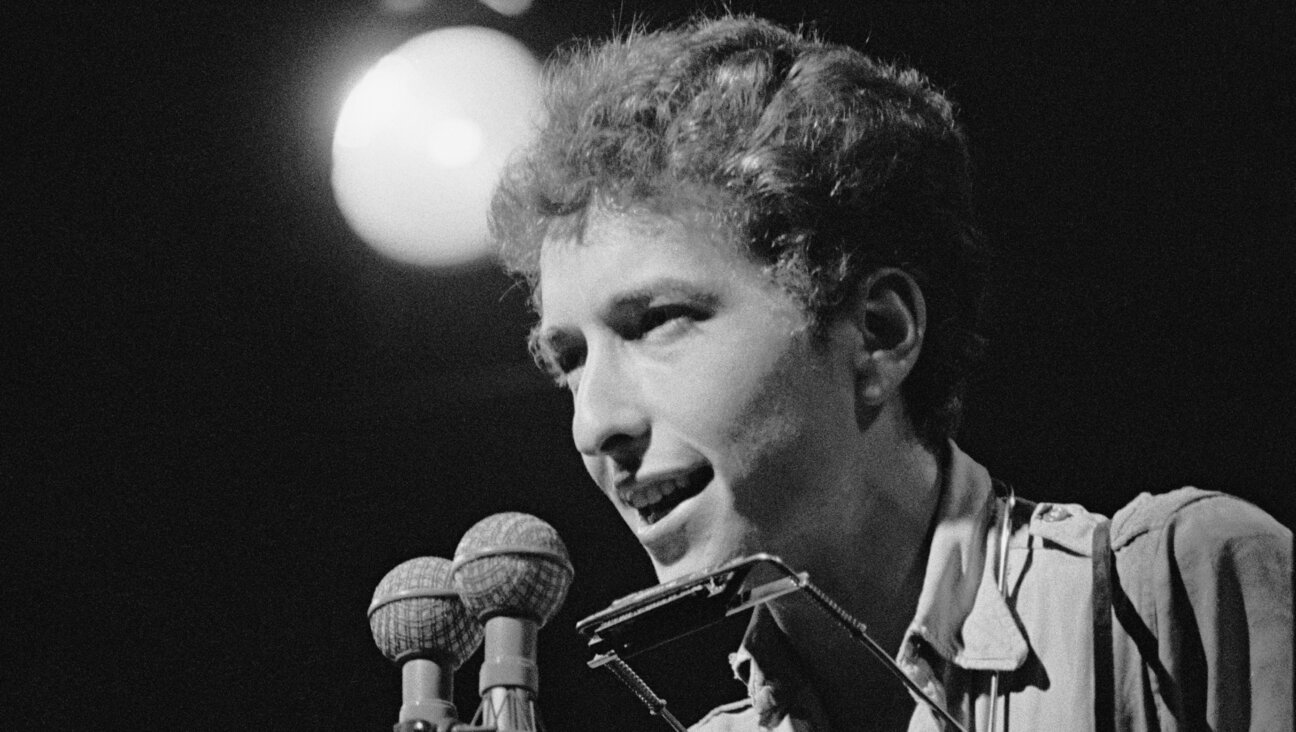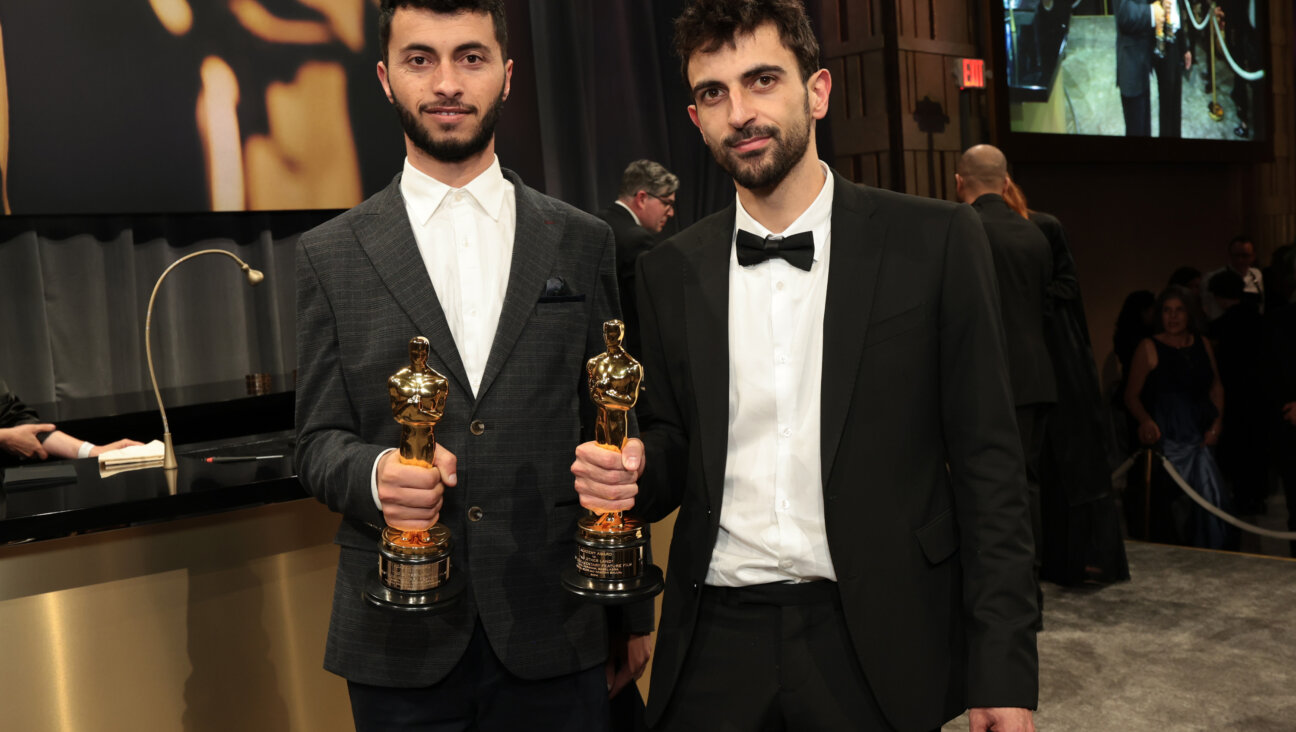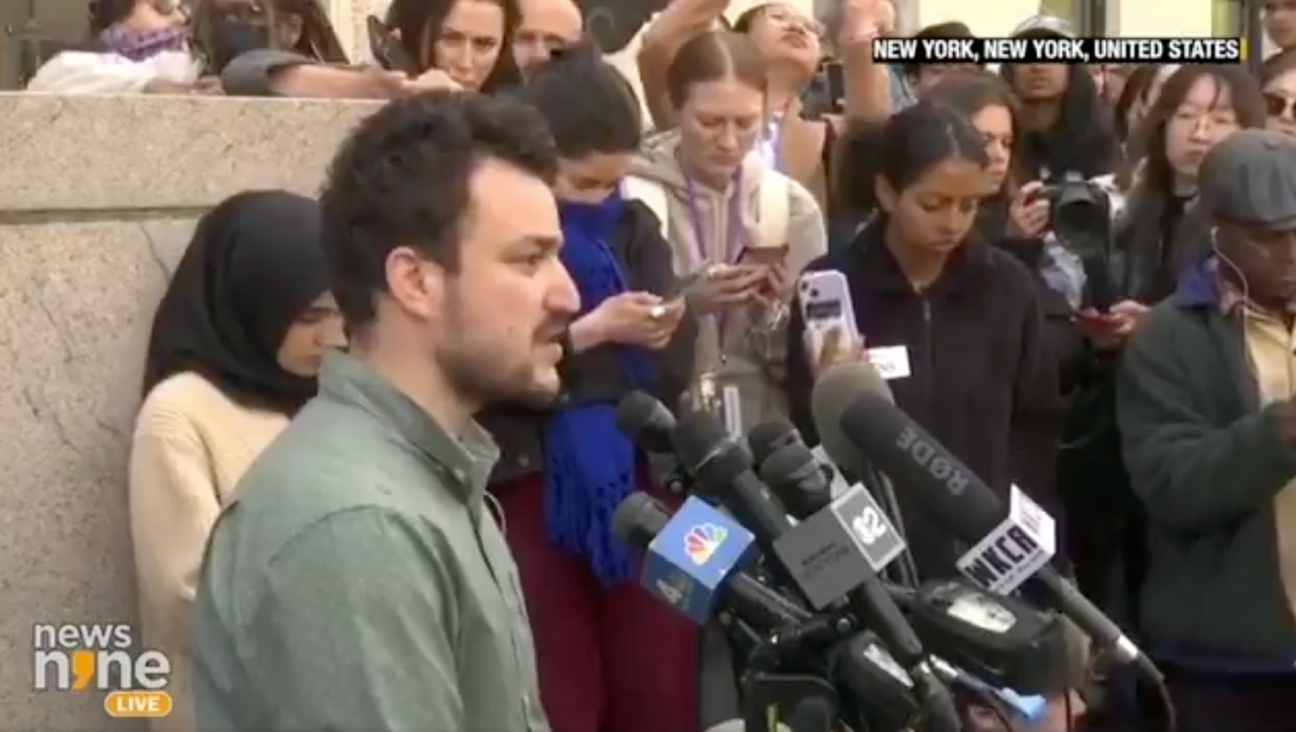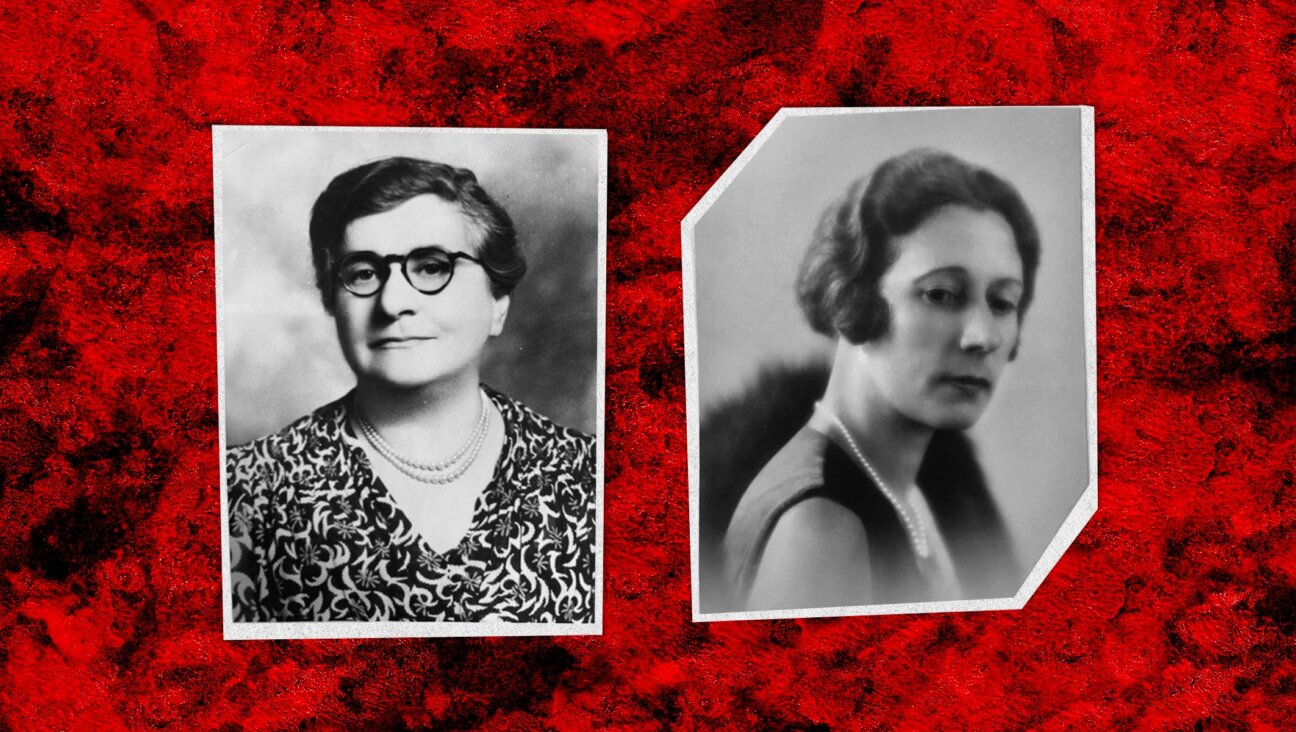Notes on Camp
My little girl is starting “real” day camp this summer. Last summer she went to the 14th Street Y for part of the summer, and to Central Park’s Zoo Camp for a week. (I particularly enjoyed her telling me after a day at Zoo Camp, “Boy peacocks have big fancy tails so they can wave them at lady peacocks and say, ‘Hey, look how pretty I am! Don’t you think that means I’ll be a great daddy?’” Hey, it worked when her father shook his tail feather at me.)
Both camps were great, but they were emphatically urban experiences. We walked to the Y and took the subway to the zoo. This year, on the other hand, she’ll have the full-on, old-school, leafy, non-citified, no-asphalt experience. She will take a school bus to a far-off borough where they have nature. We just took our tour. Maxine happily threw pinecones in the lake. Josie skipped across the little footbridge over the stream. The tour ended with a Q&A in an open-sided, peak-roofed cement shelter that triggered immediate sense memories of my own camping experiences, except that instead of T-shirted kids making lanyards, the long picnic tables were filled with neurotic New York City parents peppering the camp staff with questions about Lyme disease.
Should Josie unaccountably fail to contract Lyme disease (underachiever!), she’ll also spend two weeks at Grandma’s in Wisconsin, attending the JCC camp where Jonathan used to be a camper, then a counselor, then the waterfront director. (The only thing more attractive than a luxuriantly feathered tail? Red Cross-certified lifesaving skills and a whistle!) Josie will do amanut (art), drama, archery, boating, Israeli dance, soccer, tevah (nature study). I’m plotzing. There’s even a climbing wall, which sounds thrillingly goyish. My little social animal will have a blast, augmented by the fact that her beloved cousins from California will be there too. It’s a family reunion and an opportunity to make lopsided clay coil pots! A breath mint and a candy mint! Plus, Josie will have a shared experience, a shared history, with her dad.
Jonathan’s love of JCC camp (which even has the same director as when he was on staff) is unreserved. My camp feelings are more ambivalent. Unlike my husband and older daughter, I’m shy. As a camper, I was terrified of Mean Girls, self-conscious about being tall, aware that I had slightly wrong Shabbat outfits. (On Friday nights at Camp Ramah in New England in the ’80s, one wore a sundress on Friday nights and a fetching shorts outfit on Shabbat morning — preferably a pastel Charlie’s Angels-esque terry ensemble of short shorts with white piping, paired with a matching V-neck short-sleeved top. I was lacking in terry.) Sometimes I loved camp; sometimes I wanted to die. (Welcome to female tweendom.)
Still, I returned as a counselor. And of course, as luck would have it, I drew the Mean Girls bunk. The camp, bending to parental pressure, put together one huge bunk of cruel little 12-year-old Queen Bees and their worshipping Wannabes, one medium-sized bunk of self-styled Beta Girls, and one tiny bunk of out-and-out losers. The Mean Girls perpetually ganged up on the less popular girls, then turned on each other. Someone in our eidah (age group) was always sobbing.
The Mean Girls decided they didn’t like my co-counselor. One night when she was on chofesh (off-duty), they rifled through her belongings, found her carefully hidden stash of Today Contraceptive Sponges, individually wet each one and stuck them all on the wall next to her bed. If memory serves, they stuck them up in the shape of a smiley face.
That was a Low Point. But there were great highs, too. (I mean that figuratively. Mostly.) When I clicked on JewishCamping.org and heard the soundtrack of kids singing “Halleluya,” a tune I hadn’t heard since 1985, my brain exploded. I rocketed back to the pleasures and terrors of Color War, the sense memory of throwing my arms around other kids’ shoulders as we swayed and sang our hearts out, the plastic pitchers of bug juice in the chadar ochel (dining hall), that first kiss behind the library after peulat erev (evening activity). And holy crap, remember that horrid camp-wide, all-day game where they made you be a ghetto Jew escaping the Holocaust, hiding in the woods from power-tripping counselors pretending to be Nazis, who screamed at you and rounded you up onto the tennis courts if you were captured or, gott in himmel, lost your “passport”? Until at last everyone was led to freedom in glorious Eretz Yisrael (aka the campfire pit, with s’mores)? It was a kippah-wearing junior version of Zimbardo’s Stanford Prison Experiment.
Why does camp have such a sensory and emotional hold on me, even now? To some degree, I think it’s simply that it was the most extended time I’d ever spent without my parents. “Camp is a well-defined social hierarchy — a culture defined and run by kids for kids,” said Roger Bennett, co-author of “Camp Camp” (to be published by Crown in April 2008). “The subtitle of our book is ‘Where Fantasy Island Meets Lord of the Flies,’” he pointed out. “Camp was culture that had a place for everyone in it — the beautiful and the athletic shone, but if you had neat handwriting, or were the king of the archery range, or were a masterful pianist, you could find your niche.” Camp was socially scary, but liberating, too. “Camp is a place where everyone gets a second chance to be the kind of kid they always wanted to be,” Bennett said. “Everyone gets a fresh start to define themselves, free of the shackles of their hometown reputations. If you longed to be a raconteur, a ladies’ man, a dodgeball expert, you could reinvent yourself with confidence.”
Furthermore, there’s something primal and physical and thrilling about living in crappy bunks, getting dirty, engaging in old-fashioned physical pursuits. It’s an antidote to helicopter parents, incessant TV watching, grim computer gaming…the surfeit of safe, scheduled, sedentary activities of kids’ lives today. Camp addresses the same desire for old-fashioned risk and chaos that have made “The Dangerous Book for Boys” a current bestseller.
We Jews, I think, are particularly drawn to settings that let us feel butch, that let us prove to ourselves that we’re not the neurotic all-brain no-physicality stereotype so often ascribed to us (often, uh, by us). Bennett agrees. “Just as a nerd in high school can pass himself off at camp as a player with the ladies, an average basketballer by real-life standards can pass at Ramah as a sports god. One guy wrote [to Bennett and his co-author Jules Shell, who also curated “Bar Mitvah Disco,” a collection of photos and anecdotes about ’70s and ’80s bar mitzah culture] about how on Tisha B’Av at his camp there was an annual basketball game between the fasters and the non-fasters. Which, bizarrely, the fasters always won. And how one kid, Avi, was the greatest living fasting basketball player ever. The rest of the year he was average. But on an empty stomach he was unstoppable.”
And of course, camp helps ensure The Future Of The Jews. (Cue portentous music.) According to the Foundation for Jewish Camping, 66% of Jews who attended Jewish camps considered their Jewish identity “very important,” as opposed to 29% of those who never attended a Jewish camp. Jewish camp alumni are 50% more likely to join a synagogue, 90% more likely to join a Jewish community center and twice as likely to donate $100 or more to their local federation than Jewish adults who never went to a Jewish camp. (But then there’s that pesky correlation vs. causation question: Does camp cause Jewyness, or does Jewyness cause one to go to camp? Or do those two states perpetually feed each other, like chunky young lovers dropping Reese’s Pieces into each other’s mouths during menucha [rest time]?)
In any case, camp is liminal yet safe space. We think we’re wild, free, exploring, but really we’re in a controlled setting that encourages us to make and foster connections that will maintain the social order. Do I sound cynical? I don’t mean to. Somewhere I saw a study saying that Jewish overnight camp fosters a greater sense of Jewish affiliation than attending Jewish day school. (Note: It is entirely possible I am making this up, perhaps out of guilt for not sending my children to Jewish day school.) The FJC reports that there are around 130 Jewish camps in North America, attended by more than 60,000 children every summer. Not bad, but a tiny proportion of the Jewish kid populace. Is the expense a deterrent? Are families uncertain about trying something new? Do parents fear, perhaps unconsciously, that their kids will wind up uncomfortably Jewier-than-thou?
I have no clue. I just know I want Josie to love singing “Halleluya,” to play Dulcinea in “He-Abir mi La Mancha” (or she can play a tree or paint scenery; I’m no stage mamele!), to enjoy her independence. I want her to love being Jewish and to continue to be an Alpha Girl without becoming a Mean Girl. I don’t want her to get Lyme disease, but hey, you gotta risk a few tick bites if you want adventure and growth.
Write to Marjorie at [email protected].
A message from our Publisher & CEO Rachel Fishman Feddersen

I hope you appreciated this article. Before you go, I’d like to ask you to please support the Forward’s award-winning, nonprofit journalism so that we can be prepared for whatever news 2025 brings.
At a time when other newsrooms are closing or cutting back, the Forward has removed its paywall and invested additional resources to report on the ground from Israel and around the U.S. on the impact of the war, rising antisemitism and polarized discourse.
Readers like you make it all possible. Support our work by becoming a Forward Member and connect with our journalism and your community.
— Rachel Fishman Feddersen, Publisher and CEO








